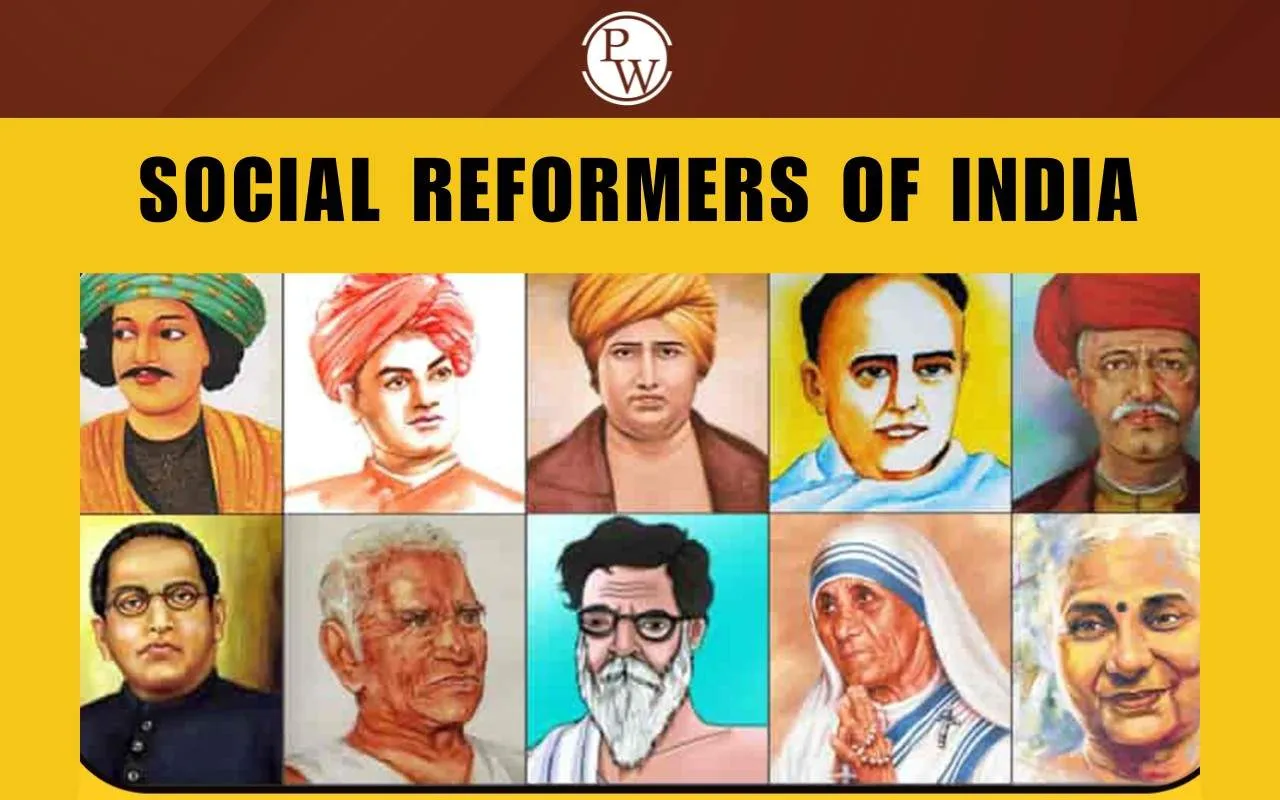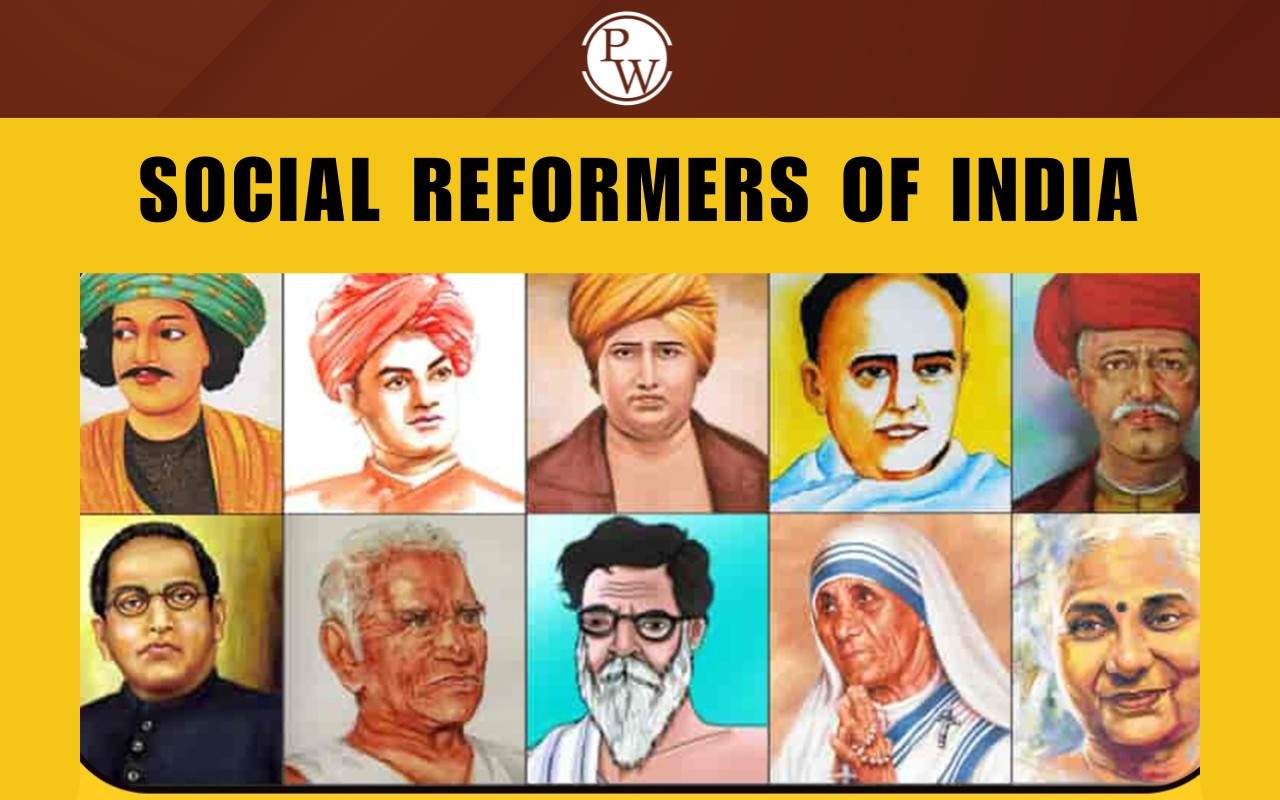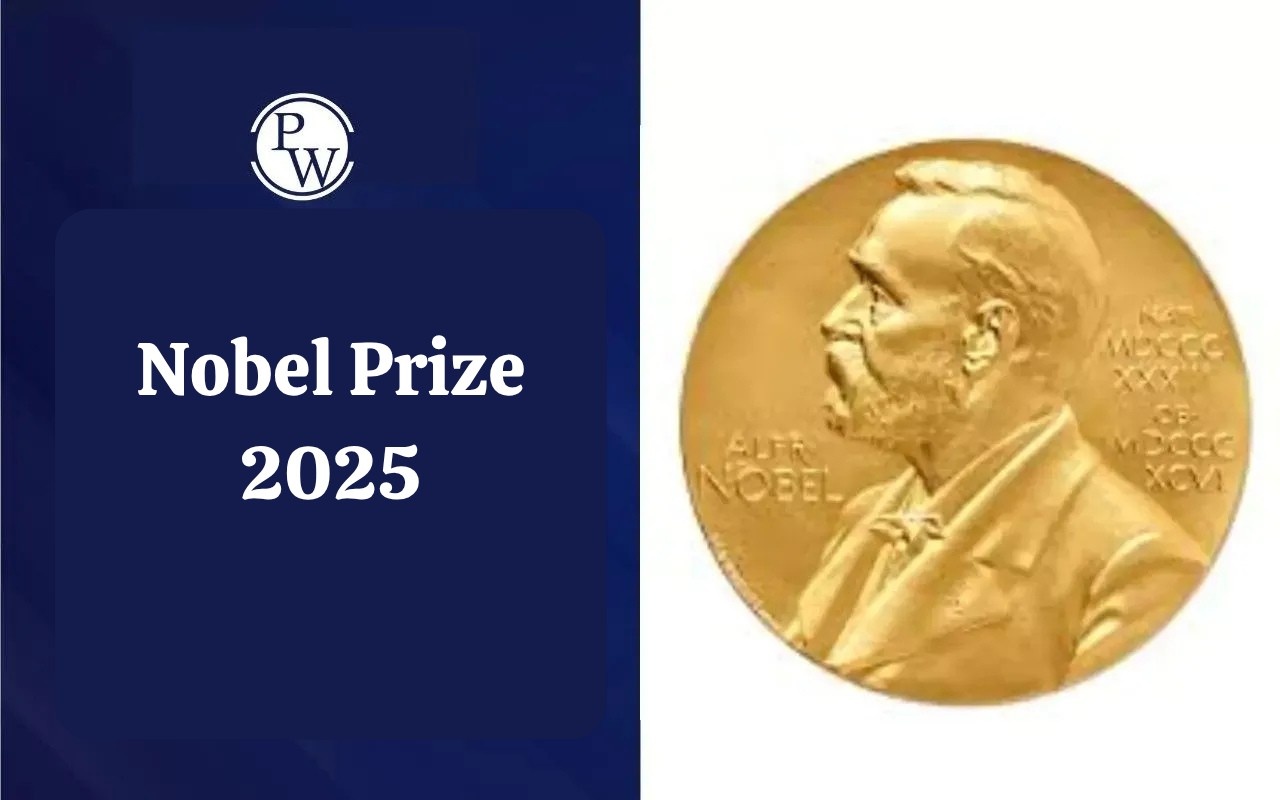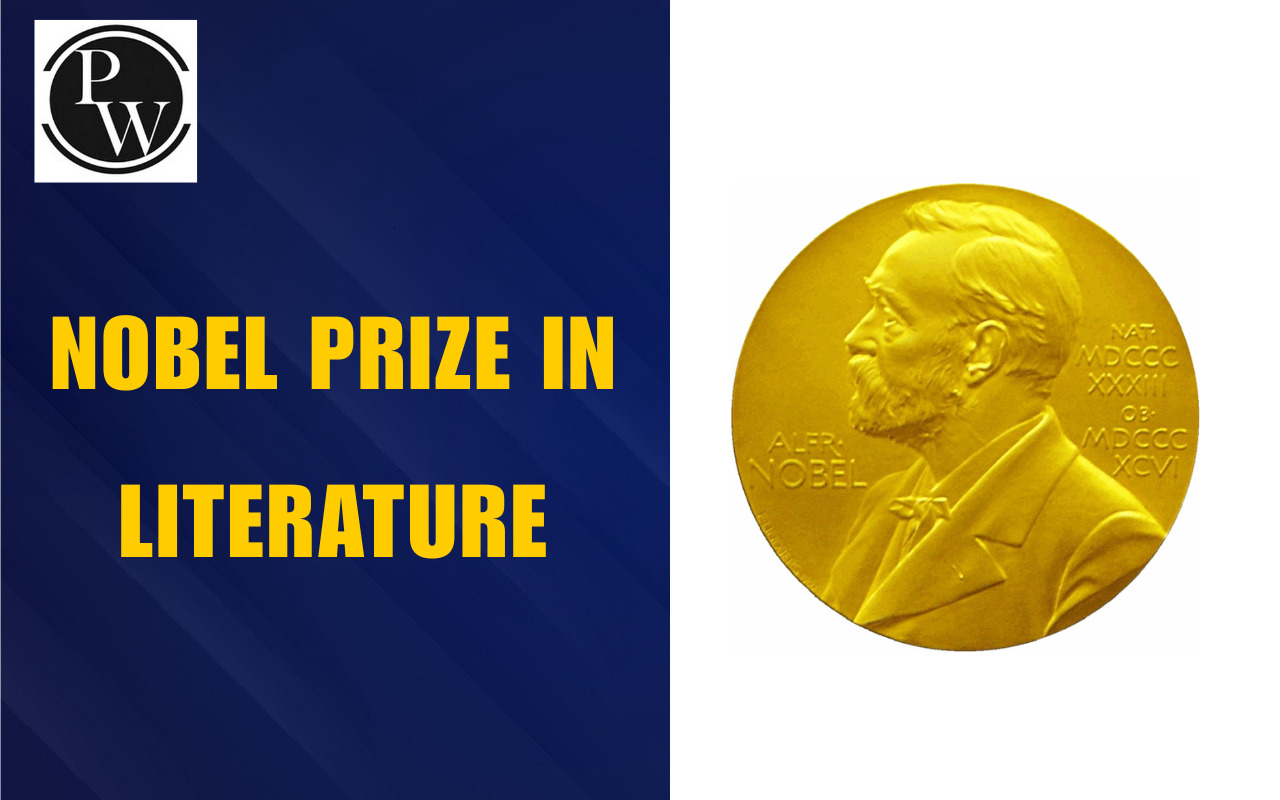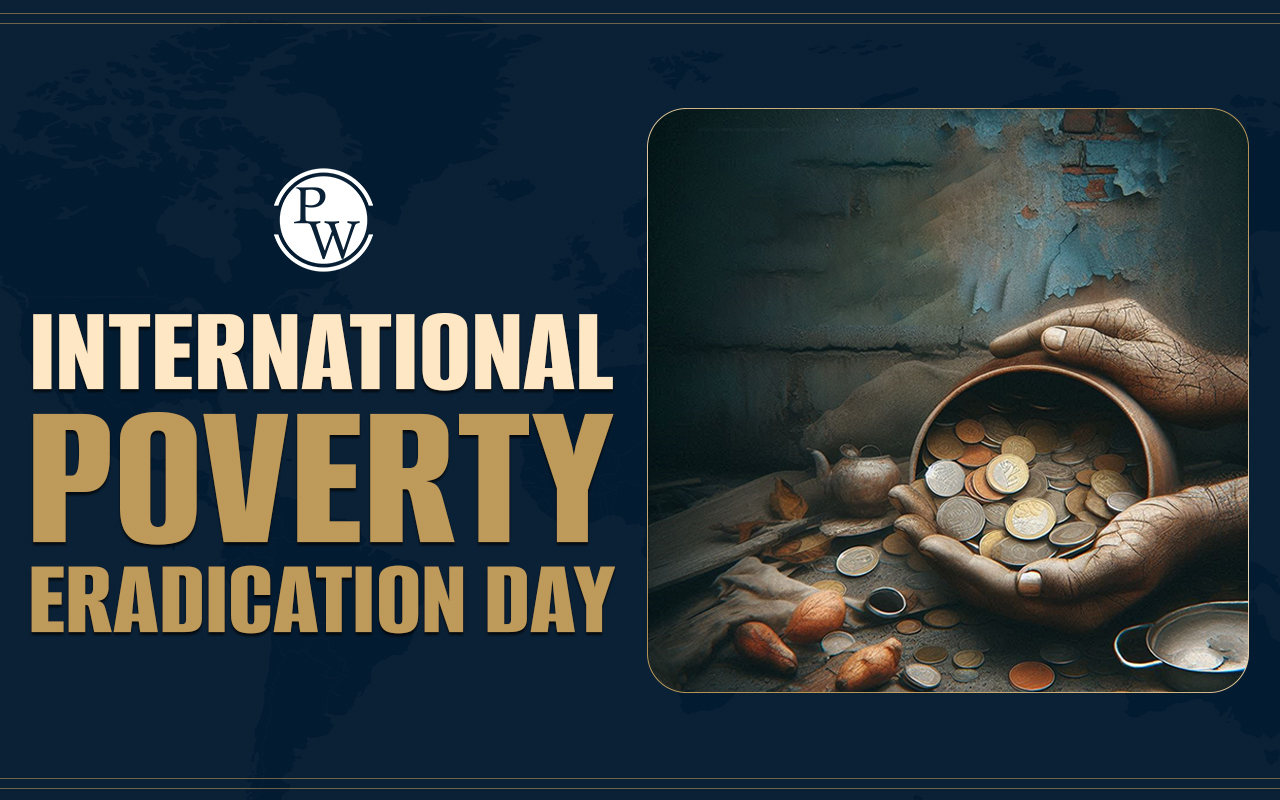
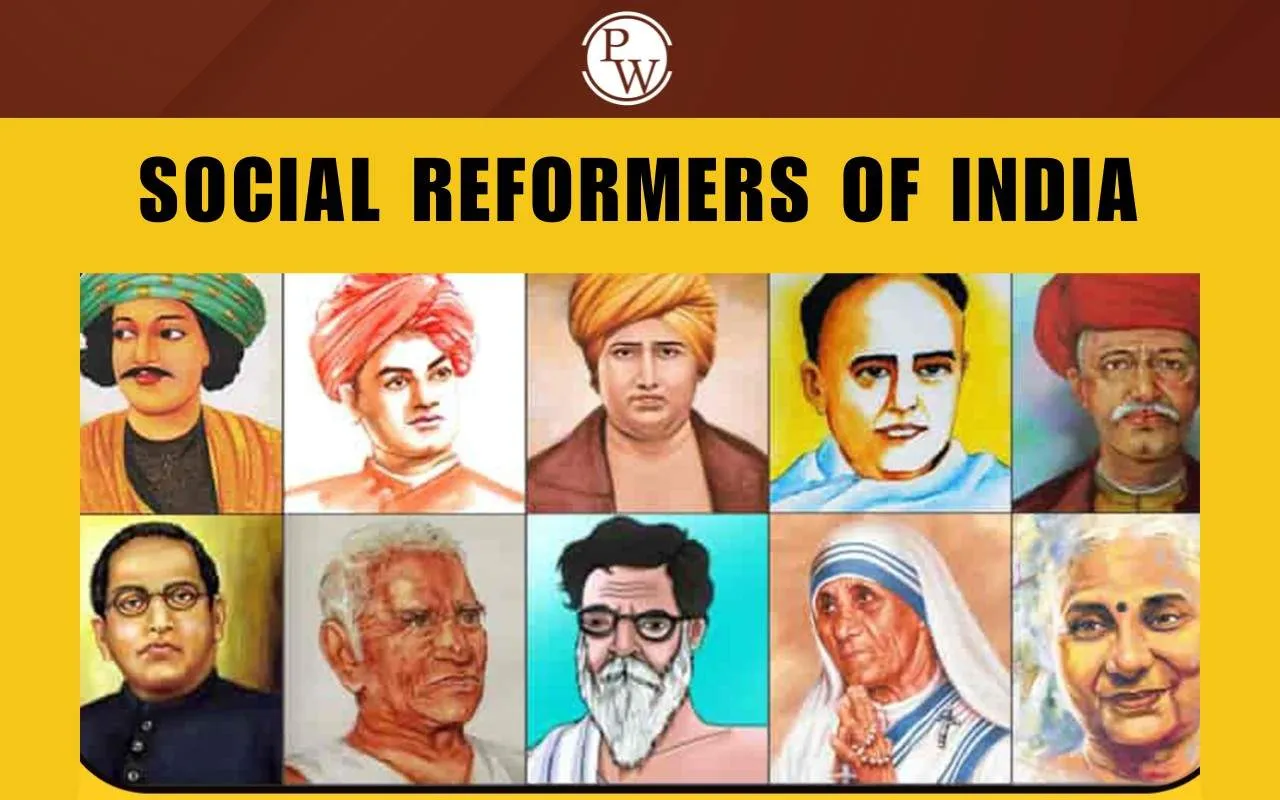
Social Reformers Of India dedicated their lives to transforming society by challenging outdated customs and social injustices. Their work started in the 19th century and continued till the early 20th century. Many reformers combined moral and religious principles with social action to convince communities to embrace change. It is important for UPSC aspirants to remember key reformers, their contributions, and the movements.
Social Reformers Of India Overview
Social reformers of India influenced the nation’s social and educational landscape widely. Leaders such as Raja Ram Mohan Roy, Ishwar Chandra Vidyasagar, and Savitribai Phule worked tirelessly to eradicate the evils in society. They promoted girls’ education, encouraged widow remarriage, and challenged caste discrimination. Their efforts include social campaigns, focusing on rational thinking, moral awareness, and community development. Aspirants are advised to study each reformer’s contribution with the specific movement. Such types of questions are asked in the UPSC history and polity sections.
The following table can help candidates summarise the major reformers, their primary contributions, and the movements they led:
|
Social Reformers Of India Overview |
||
|---|---|---|
|
Name |
Contribution |
Reform Movement |
|
Raja Ram Mohan Roy |
Abolition of Sati, promotion of women's rights, and education reforms |
Brahmo Samaj |
|
Widow remarriage, girls' education |
Education & Social Justice |
|
|
Swami Dayanand Saraswati |
Revival of Vedic values, women's education |
Arya Samaj |
|
Sayyid Ahmed Khan |
Modern education, women's upliftment |
Aligarh Movement |
|
Savitribai Phule |
Female education, anti-caste initiatives |
Social Education Movement |
|
Pandita Ramabai |
Widow education, women's emancipation |
Arya Mahila Samaj |
|
Annie Besant |
Advocate for Home Rule and women's rights |
Theosophical Society |
|
Sister Nivedita |
Education and social services for women |
Indian Nationalist Movement |
|
Gopal Hari Deshmukh |
Rationalist reforms, anti-superstition campaigns |
Social Reform Advocacy |
|
Kandukuri Veeresalingam |
Widow remarriage, women's literacy |
Social and Literary Reform |
Note: This table provides a quick reference to link reformers with their contributions. It helps aspirants in efficient preparation for UPSC exams.
List of 10 Social Reformers Of India
Here is a quick list of social reformers of India who are renowned for their significant works for society. They are known for their reforms in education, social equality, and religious revival:
-
Raja Ram Mohan Roy
-
Ishwar Chandra Vidyasagar
-
Swami Dayanand Saraswati
-
Sayyid Ahmed Khan
-
Savitribai Phule
-
Pandita Ramabai
-
Annie Besant
-
Sister Nivedita
-
Gopal Hari Deshmukh
-
Kandukuri Veeresalingam
List of Female Social Reformers Of India
Female social reformers contributed to education, women’s empowerment, and social changes. UPSC generally asks questions regarding women leaders and their movements. The following table can help candidates learn about the works of female social reformers of India:
|
Female Social Reformers of India and their contributions |
||
|---|---|---|
|
Name |
Contribution |
Organisation/Movement |
|
Savitribai Phule |
Girls' education, anti-caste initiatives |
Social Education Movement |
|
Pandita Ramabai |
Advocate for Widow education, women's emancipation |
Arya Mahila Samaj |
|
Annie Besant |
Home rule, women's rights |
Theosophical Society |
|
Sister Nivedita |
Education and social services for women |
Indian Nationalist Movement |
|
Tarabai Shinde |
Feminist writings against patriarchy |
Early Feminist Advocacy |
Note: This chart is helpful for aspirants to memorise female reformers and their contributions. Candidates should note that these topics are frequently highlighted in UPSC questions.
Importance of Social Reformers Of India for UPSC Aspirants
Understanding social reformers helps aspirants connect historical reforms with modern governance and social structures. Students are required to examine their contributions, as questions often focus on social, educational, and women's empowerment movements.
-
Candidates should understand how reformers influenced the social and educational systems of India.
-
Aspirants are required to relate reforms to modern governance and societal policies.
-
Students can answer both prelims and mains questions accurately by studying contributions and movements by learning about the social reformers of India.
Weightage of Social Reformers Of India in UPSC Papers
It is helpful for aspirants to examine past trends to understand how often questions appear on reformers. This allows students to focus on the most frequently mentioned figures and prepare more strategically.
|
Weightage of Social Reformers Of India in UPSC Papers |
|||
|---|---|---|---|
|
Year |
UPSC Paper |
Question Type |
Weightage |
|
2024 |
Prelims |
MCQs |
3 marks |
|
2024 |
Mains GS Paper 1 |
Short/Essay |
5 to 6 marks |
|
2023 |
Prelims |
MCQs |
2 marks |
|
2023 |
Mains GS Paper 1 |
Short Notes |
4 to 5 marks |
|
2022 |
Prelims |
MCQs |
1 to 2 marks |
Note: Candidates are advised to focus on the reformers repeatedly mentioned in exams for efficient preparation.
UPSC Preparation Checklist for Social Reformers Of India
The following checklist can help aspirants to systematically prepare for the UPSC papers. Following the given steps ensures all major reformers, contributions, and movements are reviewed before exams:
-
Memorise key reformers and their contributions.
-
Create flashcards for male and female reformers.
-
Connect reformers’ movements with social issues like Sati, caste, and education.
-
Revise charts and tables regularly for better retention.
-
Practice previous year questions on the social reformers.
-
Link historical reforms to modern India for descriptive answers.
Social Reformers of India FAQ
Name Social Reformers Of India Chart.
Who is on the List of 5 Social Reformers of India in the Female category?
What is the role of learning about the Social Reformers of India in UPSC?
What is the weightage of the Social Reformers of India?
How to prepare for the Social Reformers Of India for UPSC papers?

